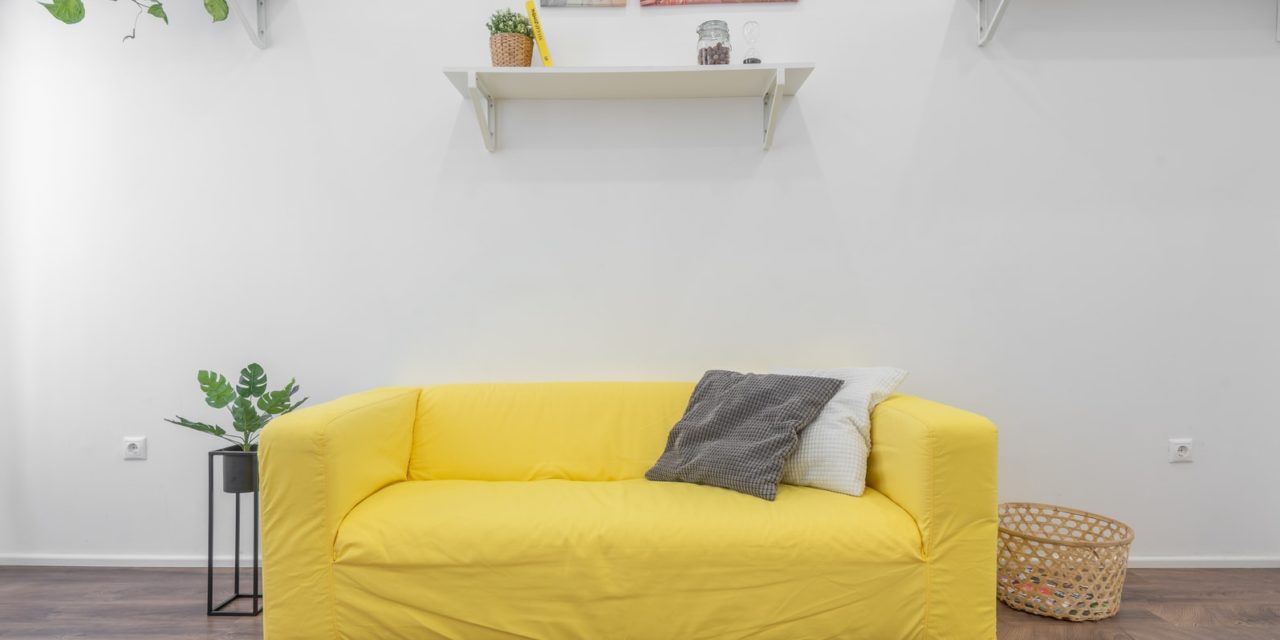[ad_1]
The odds and statistics are frightening for teen drivers. The Texas Handbook suggests that the leading cause of death for young people in the United States (ages 16 to 24) is alcohol related automobile crashes. The second leading cause for death is non-alcohol related crashes. One of a driver's most valuable assets is his/her years of driving experience. We know that there is nothing a parent can do to give their children that experience. Experience can only be gained through time spent on the road driving, with every parent's nightmare a teen driver.
The topic of traditional or contemporary side mirror settings is the start of the first big battle between teens and many parents when we begin to teach the fundamentals of driving. Parents immediately get confused when we teach their children the new technique of setting the mirror out farther. In my experience the best way to resolve the conflict is to first clarify how the blind zones are created.
It is important to explain that the traditional method requires the driver to set the mirrors where the whole side of the car is visible. This is what creates an area that can hide a whole vehicle or a motorcycle. To compensate for hidden vehicles many parents were trained to look quickly over their shoulder. I point out three things happen with this method: 1. Eyes are taken away from the road they are traveling putting them at risk for not seeing changes in the traffic scene 2. Because focus is removed from the path of travel you create a moment crisis because of divided attention 3. An increased tendency to drift into the lane being cleared goes up.
I always emphasize that the contemporary settings will help the driver maintain control over the vehicle in several ways. The technique for doing this is to adjust the inside mirror so that it frames out the back window. Adjusting the driver's side mirror is simple you simply lean towards the window, and set the mirror so that you can barely see the car. The process is repeated by leaning towards the center and repeating the process for the passenger side. This new method eliminates the need to look over the shoulder. The first issue is that blind zone is eliminated by setting the mirrors out farther. Secondly the drifting tendency is resolved, because the eyes move to the mirror and finally the divided attention crisis is reduced.
[ad_2]
Source by Debora E Callahan


